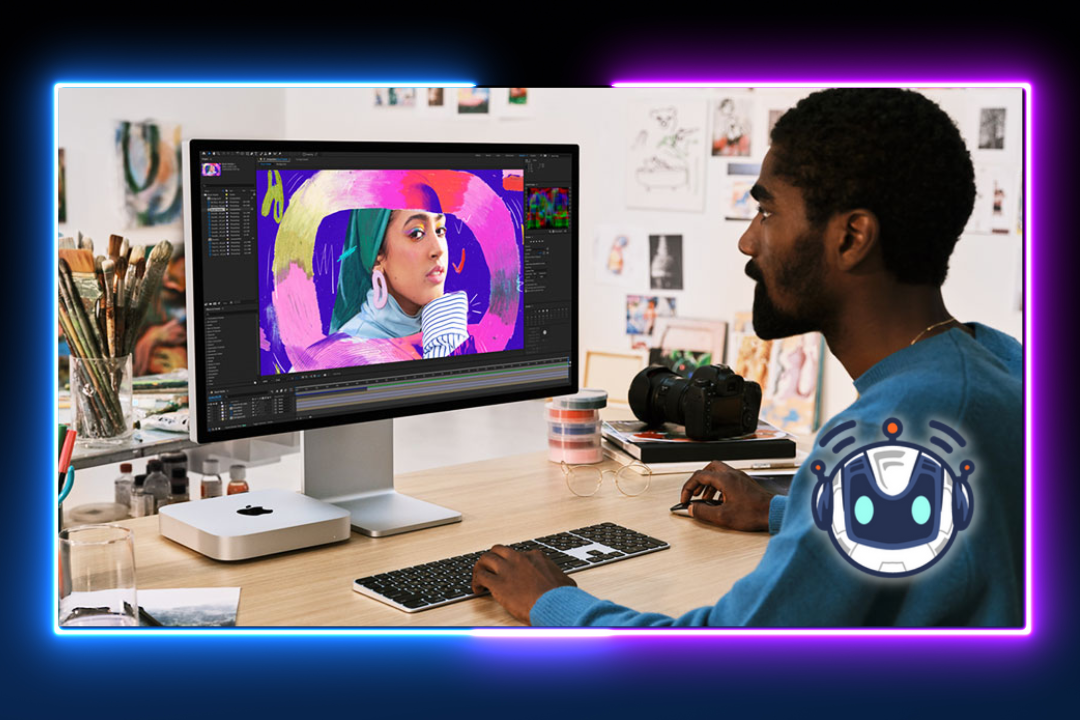Mac Mini and MacBook Pro Receive Apple Silicon Refresh
If you are thinking of buying a Mac Mini or MacBook Pro you may want to consider getting one of the new Apple silicon refreshes. This will not only help you get a better deal but will also ensure that you are using the latest version of OS X, the latest processor, and many other improvements that are currently available.
M1 processor
The Apple M1 processor is the company’s newest flagship chip, and it packs an impressive punch. This chip boasts up to three times faster CPU performance, up to six times faster graphics performance, and an innovative unified memory architecture.
It’s not clear if the M1 will outpace other CPUs in the high-end segment, but it should be capable enough. In fact, the chip is likely to be in every Mac in the coming years.
The M1 features a unified memory architecture that helps Macs stay fluid and efficient. Unified memory also speeds up information exchange between apps.
The M1 comes with an 8-core GPU, which is the most advanced graphics processor Apple has produced. While it’s not a super-computer, the 8-core GPU is the first time Apple has integrated such a large GPU into a SoC, and the results have been impressive.
The M1 also includes a Thunderbolt controller, USB 4 support, and an SSD controller. All these components come together in an ultra-compact, compact design.
M2 memory
The M2 chip is a custom silicon designed by Apple. The company has announced new versions of the chip that will be used in the upcoming MacBook Pro models.
Both chips offer similar performance enhancements, although the M2 Pro is more powerful. This is thanks to the increased amount of cores and transistors on the chip. It also includes a larger L2 cache.
The M2 Pro chip comes in two configurations, each offering up to 32 GB of memory. For those who need a lot of storage, the option to upgrade to a 2TB SSD is available.
The M2 Max chip is an expanded version of the M2. With a 12-core CPU, this model offers a 20% performance boost, allowing it to run more complex tasks. Combined with the 30-core GPU, this version offers up to 38 GB of graphics memory, enabling it to deliver better graphics for gaming.
Apple has also upgraded the Mac mini with M2 Pro. This new desktop offers higher processing speeds and faster data transfer rates. In addition, it has upgraded connectivity. Now, the device supports Bluetooth 5.3, WiFi 6E, and a gigabit ethernet port.
No eGPU support
The Mac has always had problems with graphics processing units. Fortunately, there are eGPUs on the market to help improve your gaming and video editing experience. It’s a great way to keep your existing Mac in good shape for years to come. However, eGPU support isn’t available on all Mac models.
Apple’s latest line of M1 chip Macs aren’t compatible with external graphics. That’s not to say they aren’t impressive. These chips are designed specifically to provide incredible power and efficiency. Aside from the M1’s ability to speed up 3D animation and other tasks, it also boasts a high-performance GPU.
For most consumers, however, a built-in GPU is the best bet. This can significantly improve the performance of graphics-heavy tasks such as 3D rendering, video editing, and even machine learning.
Fortunately, there are ways to connect an eGPU to your Mac without buying a new machine. Assuming you already own a Thunderbolt 3 equipped device, this is a simple process.
Future-proofing
Apple is currently undergoing a major refresh of its Mac line. It’s moving from Intel chips to its own silicon. The company hopes to introduce the upgraded models in the first quarter of 2023. While the move will bring significant power consumption upgrades, compatibility issues have been a concern during the transition.
In June 2020, Apple announced that it would begin phasing out Intel CPUs in its Mac line. However, professional high-end Mac Pro products remained Intel-based. This change was fueled by the iPhone’s success.
Apple’s transition to its own first-party silicon means that it’s able to innovate in new ways. It also gives it the ability to remain relevant in the market for highly skilled talent. For example, video professionals and photo experts will find that the new Mac Studio computer is a perfect fit.
The latest hardware features substantial performance improvements. However, Apple’s switch to its own SoC architecture has created some compatibility issues.
